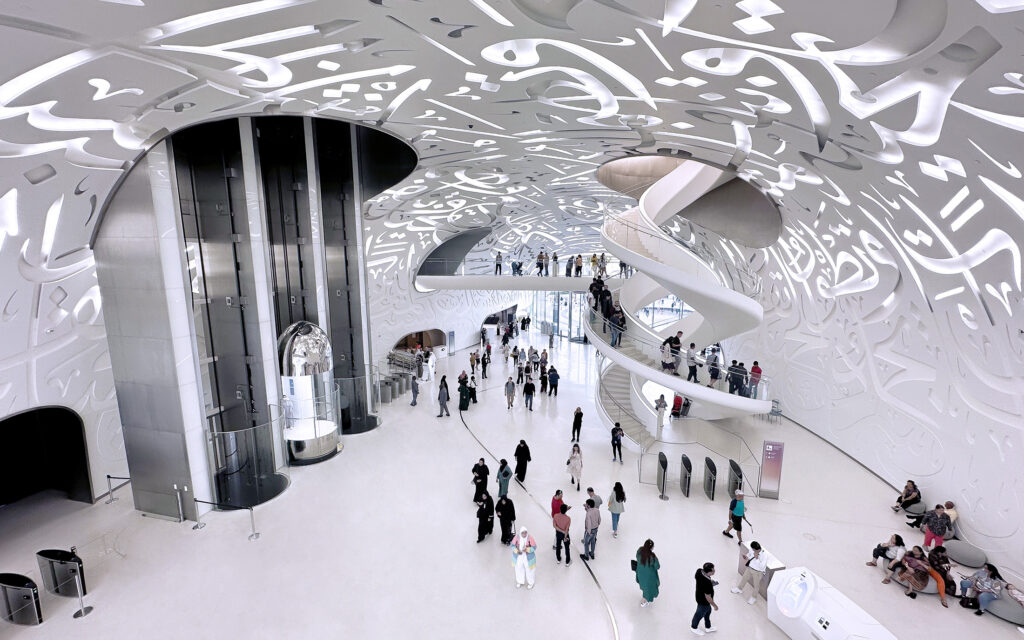Museums often think of themselves as guardians of the past, but the most successful ones are also anchors for their communities. I’ve seen it time and again: when a museum reflects the people it serves, it doesn’t just survive—it thrives. That’s why, at Gallery Wisp, we start every project by asking: Who is this for? The answer should never be “tourists” or “history buffs.” It should be your neighbors, your schools, your local artists.
In New Orleans, we worked with the Jazz Museum to create a series of “Living History Nights,” where local musicians performed alongside the exhibits. The result? A 50% increase in local visitors, many of whom had never set foot in the museum before. It wasn’t about changing the exhibits—it was about changing the relationship between the museum and the city.
The same principle applies to funding. When we helped the Pacific Northwest History Center launch a community-driven oral history project, local businesses and families donated time, money, and artifacts. People invest in what they feel connected to. A museum that listens to its community doesn’t just preserve history—it creates it.
So if you’re wondering how to future-proof your museum, start by looking outside your walls. Host a town hall. Partner with schools. Invite local artists to respond to your collection. The more your community sees itself in your museum, the more they’ll fight to keep it alive.
After all, the best museums aren’t just about the past—they’re about the people who keep it breathing.

